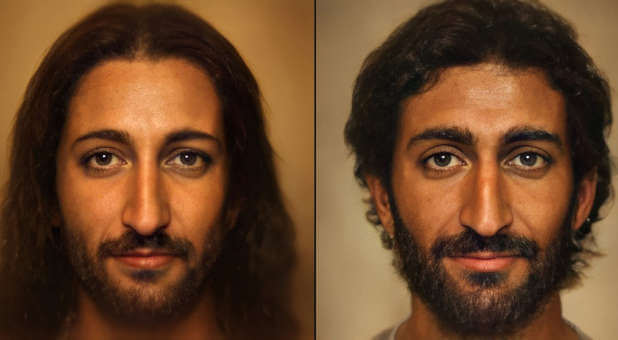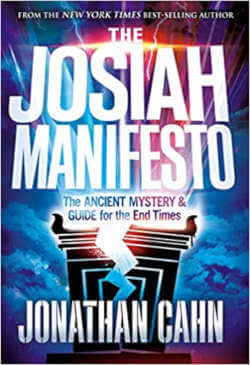Dutch artist Bas Uterwijk brought a new element into the age-old argument of what our Savior, Jesus Christ, really looked like while He was here on earth.
Not surprisingly, it stems from recent technology that much of the world seems to have embraced with open arms—artificial intelligence. By reconstructing Jesus’ visage through a synthesis of artistic renditions, Uterwijk’s work offers an interesting lens into history, attempting to bridge the gap between the past and the present.
For centuries, artists have sought to capture the essence of Jesus through their own interpretations. And much like different interpretations of the Bible, those artists have contributed to the diversity of depictions we have seen in today’s culture.
Uterwijk’s groundbreaking collaboration with AI technology is an eye-opening testament to how far art and technology have evolved. It allegedly allows us to peer into the past with more precision than ever before.
Cultural biases have often influenced the portrayal of Jesus. Many traditional renderings give European features, most notably fair skin and blue eyes. It reflects the artists’ backgrounds more than historical accuracy.
But scholars and theologians have more often emphasized that Jesus’ ethnicity would align with His Middle Eastern origins. A deeper understanding of the geographical and cultural context prompted Uterwijk to embark on his quest for an accurate depiction.
Uterwijk’s rendition involved a sophisticated process guided by AI, specifically a neural network trained on an extensive dataset of photographs and paintings of human faces. His background in computer generated Images and special effects gave him the technical prowess to harness the power of AI.
The artist explained, “[The artificial intelligence software] application makes it possible to combine multiple sources of faces and merge them in a synthesized version, guided by the artistic decisions of the user. I use it to create historical and fictional characters.”
Uterwijk draws upon various historical and cultural representations. The artist masterfully blended Byzantine and Renaissance depictions, including the renowned “Salvator Mundi” by Leonardo Da Vinci and the Turin Shroud, while remaining true to Jesus’ Middle Eastern origins. As a matter of opinion, Uterwijk’s portrayal provides a more authentic interpretation, offering a glimpse into how Jesus might have appeared during His time.
Not everyone is on board with AI’s role in Uterwijk’s work, and some perceive it as unconventional and controversial—even blasphemous. Many conservatives and religious leaders believe AI cannot provide an accurate example of what Jesus looked like to be absurd.
Many others, however, believe the technology bridges gaps between history, art and contemporary understanding of that history—even the Bible. Uterwijk’s work offers a new perspective, allowing some individuals to visualize what they believe is an accurate representation of the most important figure ever to walk the face of the earth.
For certain, Uterwijk’s innovative use of AI has yet thrown another element into the argument about Jesus’ physical appearance—an argument that will continue to rage on.
Is there an answer, a guide, a blueprint that reveals what you need to know to survive, to stand, and to prevail in view of what’s coming in the days ahead? Read The Josiah Manifesto by Jonathan Cahn and find out. {eoa}
Join Charisma Magazine Online to follow everything the Holy Spirit is doing around the world!
Shawn A. Akers is the online editor at Charisma Media.

















































[…] The transhumanist belief in AI resurrection and the desire for human-machine integration add complexity to the growing intersection of technology and faith. While some argue that AI models, like ChatGPT, may eventually be treated as living entities, others see them as tools supporting existing religious organizations. […]